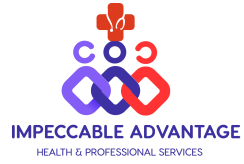1. Establish Clear Expectations
Begin by discussing the patient’s needs, preferences, and routines. Clearly outline tasks, medication schedules, dietary restrictions, and any specific concerns. Documenting this information ensures consistency and provides a reference for caregivers.
2. Maintain Open and Honest Dialogue
Foster an environment where caregivers feel comfortable sharing observations and concerns. Regular check-ins can help address issues promptly and adjust care plans as needed. Encourage feedback and be receptive to suggestions.
3. Utilize Effective Communication Tools
Implement tools such as communication logs, mobile apps, or scheduled meetings to track the patient’s progress and any changes in their condition. These tools facilitate information sharing among all parties involved.
4. Respect Cultural and Personal Differences
Be mindful of cultural, linguistic, and personal differences that may affect communication. Demonstrating respect and understanding can strengthen the caregiver-patient relationship and improve cooperation.
5. Provide Constructive Feedback
Offer feedback that is specific, objective, and focused on behaviors rather than personal attributes. Recognize positive actions and address concerns in a respectful manner to encourage improvement and maintain morale.
6. Encourage Questions and Clarifications
Invite caregivers to ask questions and seek clarification when needed. This openness ensures that everyone is aligned in their understanding of the care plan and can prevent misunderstandings.
7. Prepare for Emergencies
Discuss emergency protocols and ensure caregivers are aware of procedures for various scenarios. Having a clear plan in place enhances safety and preparedness.

